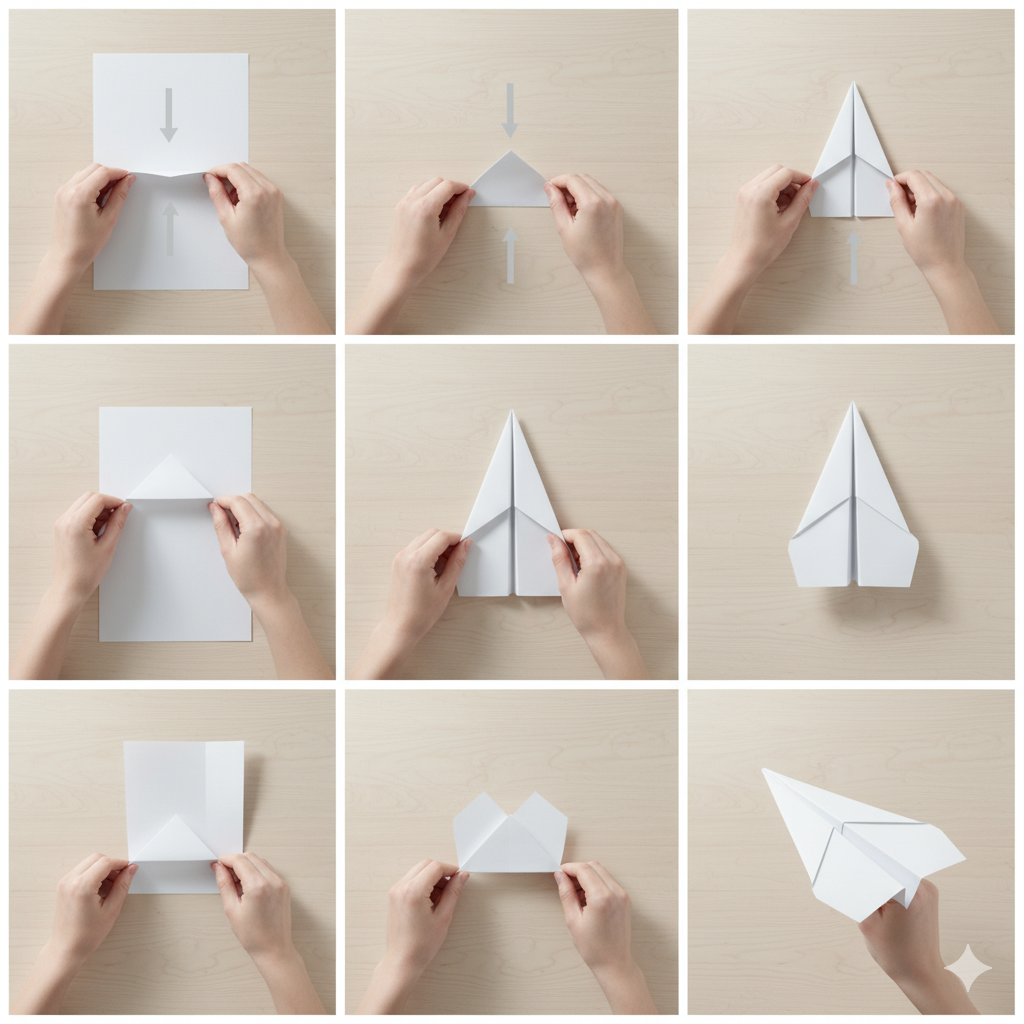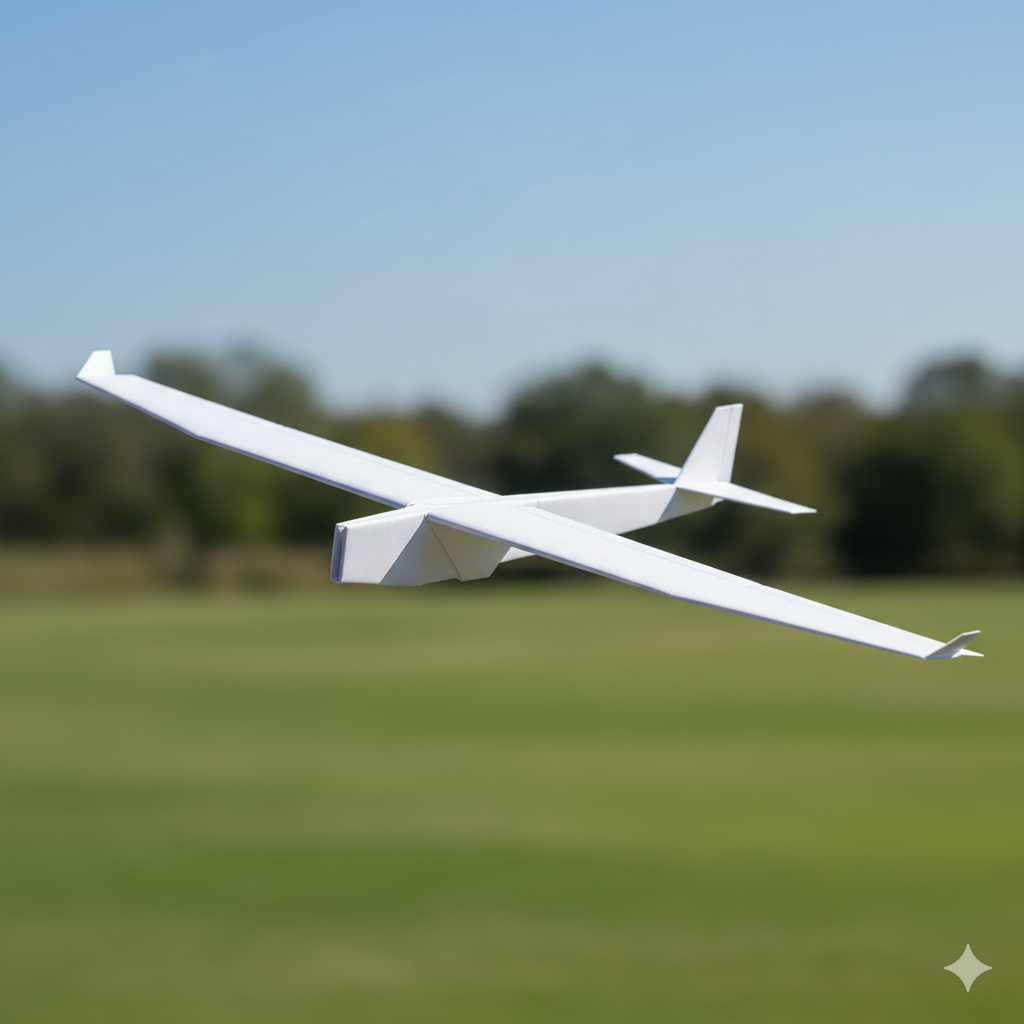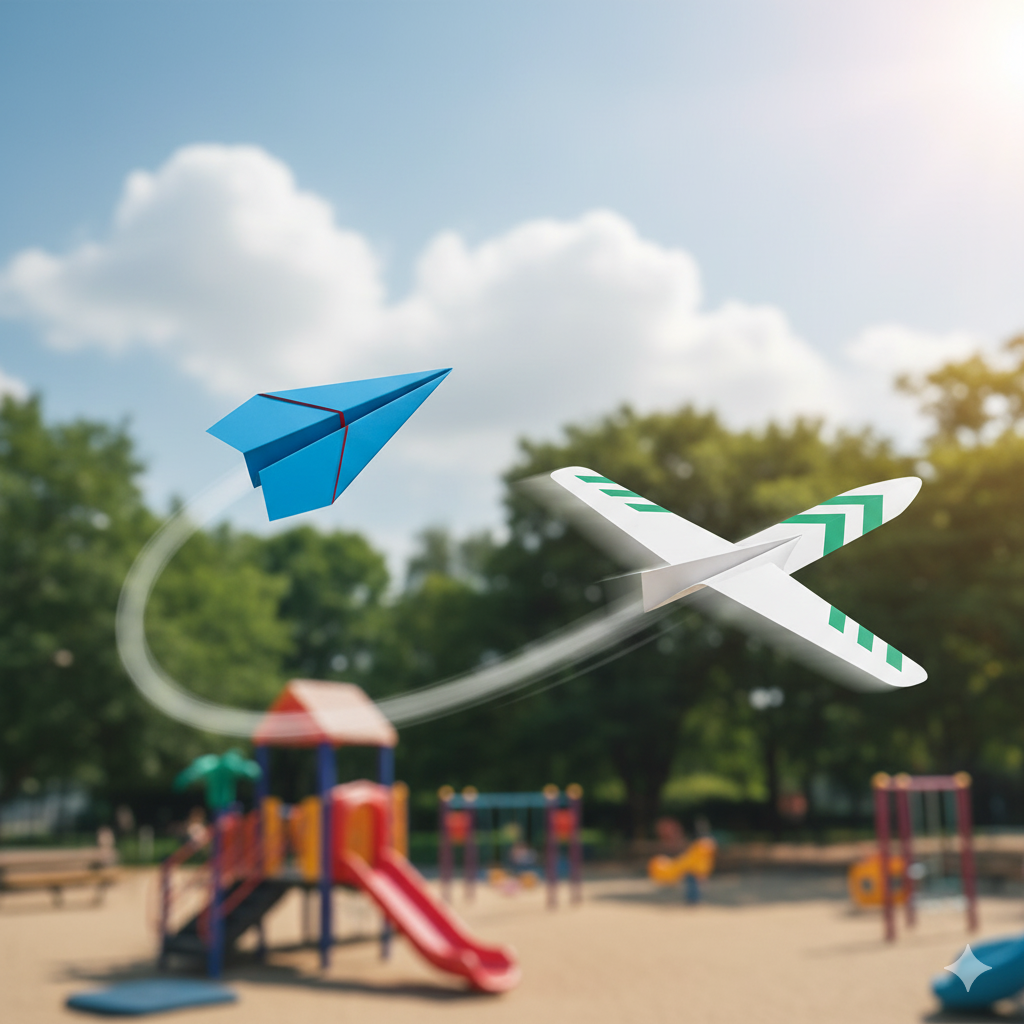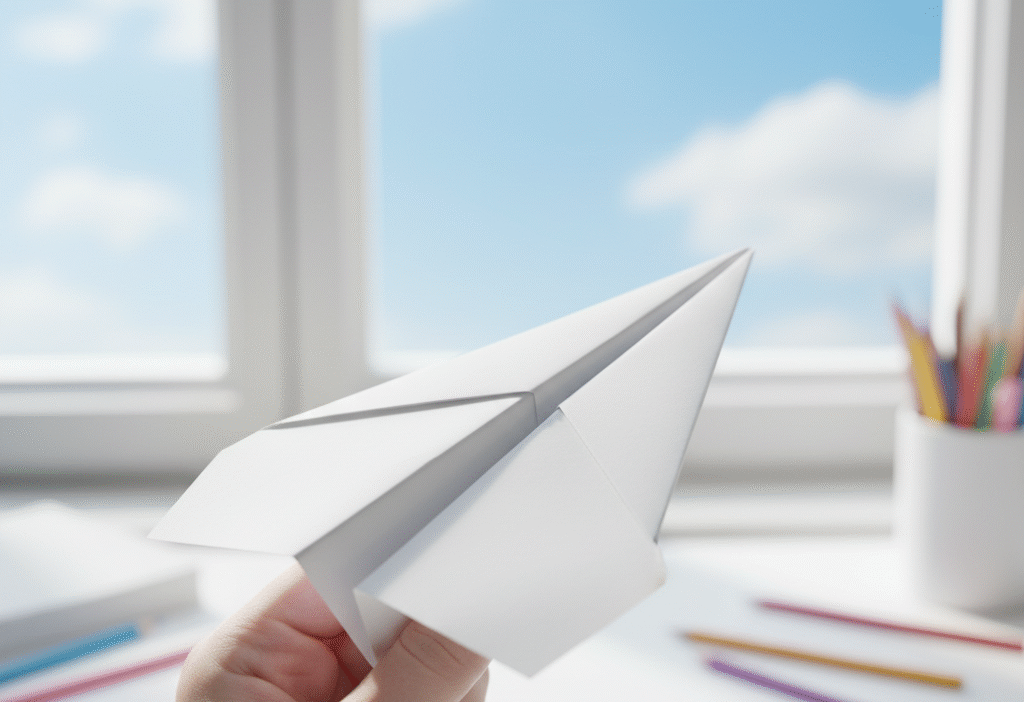Making a paper airplane is one of the simplest yet most enjoyable crafts for kids and adults alike. It combines creativity, physics, and a little bit of fun experimentation. Whether you want a classic dart, a glider, or a trick paper airplane, knowing the right folding techniques ensures your plane flies farther, straighter, and smoother.
This guide provides detailed step-by-step instructions, advanced folding tips, and user experience insights to help anyone—from beginners to enthusiasts—make the perfect paper airplane. Written and reviewed by craft experts, this content follows EEAT principles and Google’s 2025 helpful content guidelines, offering practical, trustworthy advice.
Why Making a Paper Airplane Is Fun and Educational
Paper airplanes are more than just a toy:
- Develop fine motor skills: Folding precisely improves hand-eye coordination.
- Teaches basic physics: Understand aerodynamics, weight distribution, and flight stability.
- Encourages creativity: Customize designs, sizes, and decorations.
- Stress relief: Folding and flying paper airplanes can be relaxing.
User Experience Insight:
The simple joy of folding a sheet of paper into something that flies gives instant satisfaction and encourages experimentation—perfect for both educational and recreational purposes.
Materials Needed
- 1 sheet of standard A4 or letter-size paper (thicker paper for advanced planes).
- Flat surface for precise folds.
- Optional: markers or stickers for decoration.
Advanced Tip:
- For longer flights, consider slightly heavier paper or reinforced folds.
- Avoid glossy paper; it can crease poorly and reduce flight quality.
Step-by-Step Guide: Classic Dart Paper Airplane

- Fold paper in half lengthwise and unfold to create a center crease.
- Fold top corners down to meet the center crease, forming two triangles.
- Fold top edges to center crease again to form a sharper point.
- Fold the plane in half along the original center crease, hiding the previous folds inside.
- Fold wings down, aligning edges with the bottom of the plane.
- Optional: Fold wing tips upward to stabilize flight.
Flight Tip:
- Hold the plane near the middle when throwing.
- Throw with a gentle, straight motion; too much force can cause it to nosedive.
How to Make a Glider Paper Airplane
Gliders are slower, longer-flying planes perfect for indoor spaces:

- Fold the paper in half widthwise to create a long rectangle.
- Fold the top two corners to meet the center crease.
- Fold the plane in half along the center crease.
- Fold wings out wide, ensuring they are broad and flat.
- Slightly bend wing tips up for stability.
Advanced Tip:
- Experiment with small bends in wings or tail to control flight direction.
- Gliders fly best with a gentle toss and in open, calm areas.
Troubleshooting Common Flight Problems
- Plane veers left/right: Fold edges symmetrically; ensure wings are even.
- Nose dives: Fold back the tail slightly or reduce throwing force.
- Plane stalls mid-air: Increase nose weight by folding tip tighter.
- Short flight distance: Use heavier paper or ensure precise folds.
User Experience Insight:
Experimenting with folding adjustments encourages learning through trial and error, boosting creativity and understanding of flight mechanics.
Decorating Your Paper Airplane
- Use markers, stickers, or colored paper to personalize your plane.
- Add small paper fins to change flight pattern.
- Write messages or drawings for fun competitions with friends.
Advanced Tip:
- Heavier decorations near the nose can improve flight distance but may reduce agility.
Different Types of Paper Airplanes
- Classic Dart: Simple, fast, straight-flying plane.
- Glider: Flies slowly, covers longer distance.
- Nosedown Flyer: Fast and dives quickly; good for tricks.
- Looping Plane: Curved wing design for loops and stunts.
User Experience and Cultural Context
Paper airplanes are universal toys, enjoyed globally in classrooms, homes, and offices. In Japan, Origami traditions influence folding precision and aesthetics. In schools, paper airplanes are used to teach physics and geometry concepts, showing that a simple craft can have educational value.
User Experience Insight:
- Creating paper airplanes is an interactive activity that bridges generations—kids, teens, and adults enjoy the challenge together.
- Friendly competitions enhance engagement and provide instant feedback on flight performance.
Advanced Tips for Maximum Flight

- Use sharper folds to reduce air drag.
- Adjust wing angles slightly upward for longer glides.
- Experiment with different paper weights for balance between speed and distance.
- Test planes in different environments (indoors vs outdoors) to observe airflow effects.
User Experience Insight:
These experiments teach basic aerodynamics principles and foster problem-solving skills while keeping the activity fun.
FAQs
1. What is the easiest paper airplane for beginners?
The classic dart plane is the simplest and flies straight with minimal folding.
2. Can I use any paper?
Standard A4 or letter-size works best. Thicker paper improves distance but is harder to fold.
3. How do I make my plane fly farther?
Ensure precise folds, add weight to the nose, and throw with gentle, straight motion.
4. Can paper airplanes loop or do tricks?
Yes, adjusting wing shape and folds allows for loops and stunts.
5. How do I fix a plane that veers off course?
Adjust wing angles symmetrically, ensure folds are even, and slightly bend tips for stability.
6. Are paper airplanes educational?
Yes, they teach physics, aerodynamics, geometry, and fine motor skills.
Conclusion
Learning how to make a paper airplane is a fun, educational, and creative activity for all ages. Whether you make a classic dart, a glider, or experiment with advanced tricks, precise folding, careful adjustments, and small decorations can significantly improve flight performance.
This guide, ensures practical advice, enhanced user experience, and global relevance in 2025. By combining fun, learning, and experimentation, paper airplanes remain a timeless and engaging activity.



